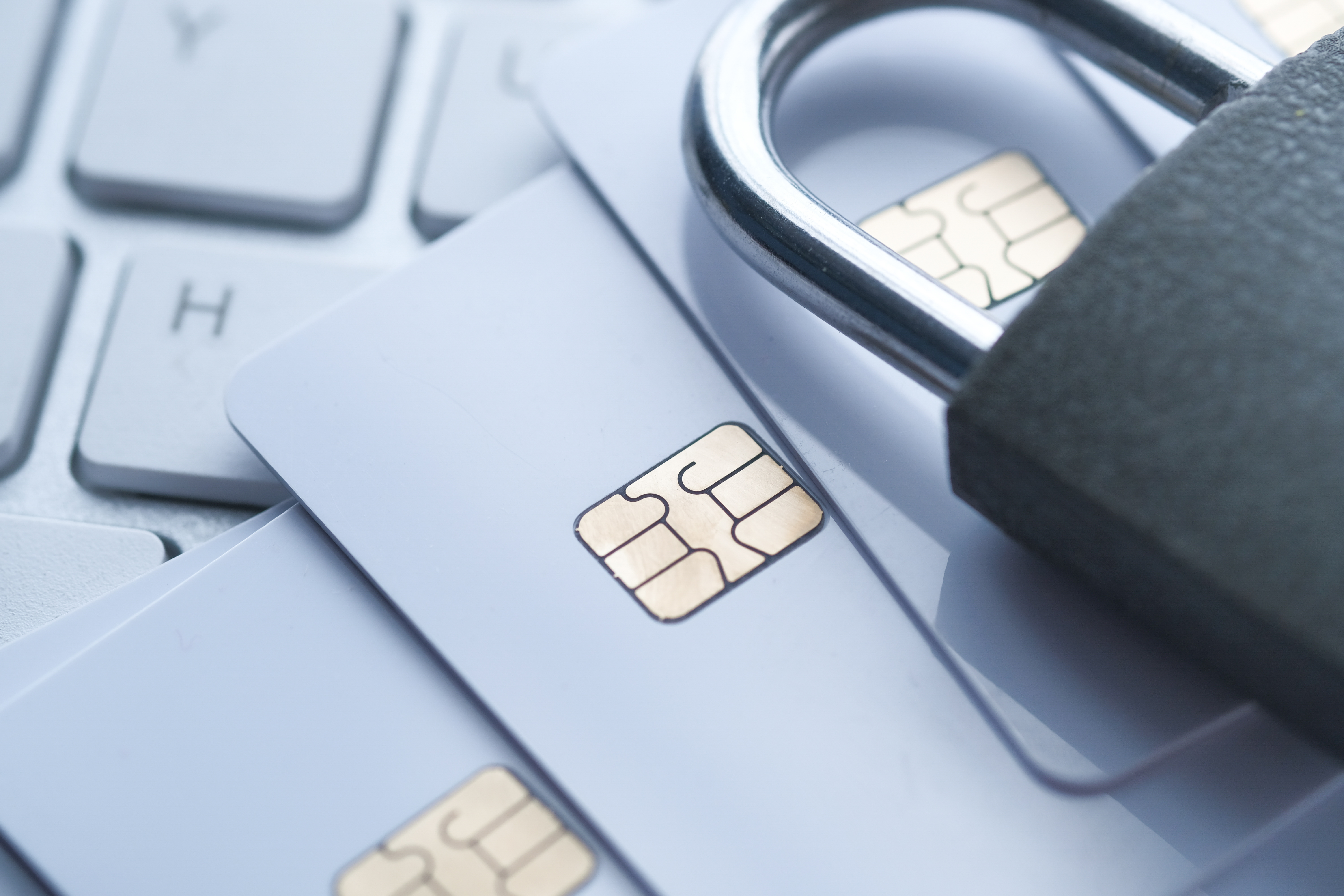
With the fast pace of technology, it can feel overwhelming to keep track of every method that scammers use to try to access your money and personal information. The good news is that with a little common sense, you can protect yourself and your money from fraud attempts.
Be aware of the channels scammers use
As more aspects of our lives move online, malicious actors are hard at work finding new ways to try to get their hands on your money. Most of us now pay our bills, do our banking and find entertainment primarily through online platforms, giving scammers more points of access and more opportunities.
Scams can reach you through your email, social media accounts, and even text messages and calls on your smartphone. Scammers can also attempt to access your computer and mobile devices directly when you open unsafe links and attachments or download unknown files.
Be on guard – if it sounds too good to be true, it probably is!
To maximize their profits, scammers try to hit you where it hurts the most. Typically, they’ll reach out to you with offers or requests related to your personal life and career, and with emotional appeals. Here are some of the ways scammers try to persuade you to engage with them:
- Impersonations: Scammers often impersonate your friends, family, and representatives of businesses you associate with. If you get an unexpected request for money from someone you know, it’s important to verify it with them directly through a different method.
- Fake offers: Scammers also try to hook you with offers of jobs, prizes, and get-rich-quick schemes. If you receive an offer that sounds too good to be true, it’s likely a scammer attempting to get you to do something that will allow them to access your money.
- Requests for help or donations: You might also get requests to donate money to charitable organizations or to help a person in need. While you might be inclined to act immediately to help, you could be making yourself vulnerable to a scam.
- “Money mule” requests: a widespread type of scam is the “money mule” scam. Scammers will ask to send the victim money, most likely acquired illegally, to transfer it to someone else, making the money impossible to trace. They might do this in combination with any of the above methods. This type of scam not only has the potential to drain your funds but can also have serious legal consequences.
Stay vigilant and protect yourself
When you deal with sensitive information and money online, stay on the lookout for fraud attempts. If a request for money is legitimate, there is usually a way to verify it. For example, if you’ve received a request to donate to a charitable organization, don’t respond or click links within the email. Instead, you can use a search engine to find their website and use a secure platform to donate.
While scammers try hard to appear legitimate, they often give themselves away. Here are a few tell-tale signs of fraud to look out for:
- Strange formatting
- Odd grammar or misspelled words
- Links or email addresses that don’t match the name of the organization or person the message purports to represent
If you see any of these signs, don’t feel pressured to respond. Trust your feelings, and take the time to research and find out if the request is legitimate – you might prevent yourself falling victim to a serious scam.
If you do find yourself the victim of a financial scam, don’t feel ashamed. Instead, take immediate action and contact your financial institution. While being scammed might make you feel helpless, your financial institution can support you by stopping transfers and shutting down compromised accounts.
Know that your money is in safe hands with us
Know that Self-Help will never contact you via email to ask for sensitive information. If you receive an email claiming to be from Self-Help, don’t respond or click any links – instead, contact our Member Services at 800-966-7353 and let a member service representative know about the attempt. You can learn even more about electronic financial fraud and how to avoid it here.